Physical Address
304 North Cardinal St.
Dorchester Center, MA 02124
Physical Address
304 North Cardinal St.
Dorchester Center, MA 02124
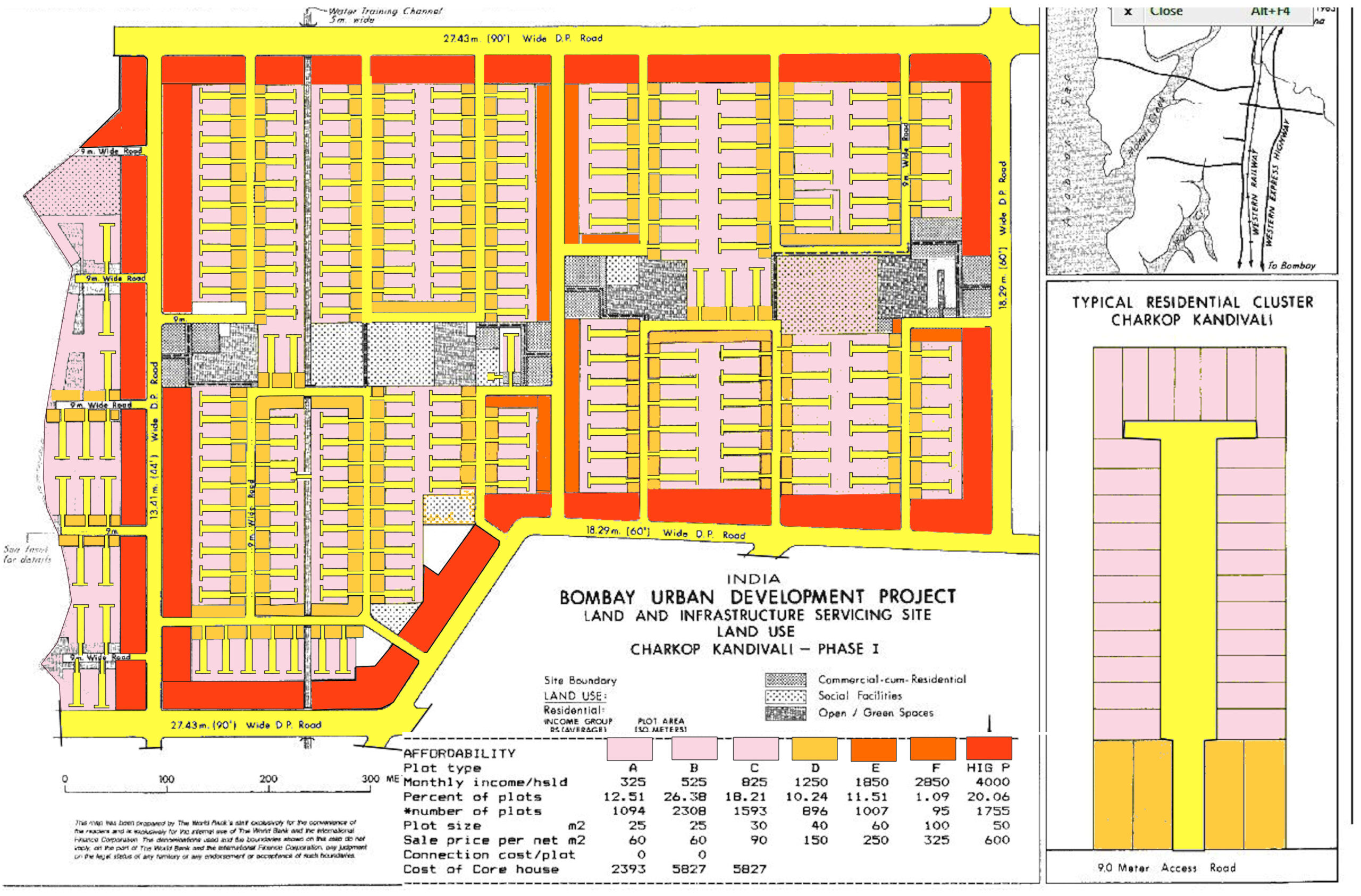
The World Bank’s “sites and services” generated many projects on which I spent several years of my professional life. Here’s a description:
Sites and services projects are government-sponsored packages of shelter related services, which range from a minimal level of “surveyed plot” to an intermediate level of “serviced sites” to an upper level of “core housing” complete with utilities and access to community-based services. The level of services depends on the ability and willingness of beneficiary populations to afford them. Typically, such projects represent a sharp break with preexisting government shelter policies in that they attempt, in principle, to focus directly on lower-income deliver shelter and services with small or no subsidies.
Mayo and Gross, World Bank Economic Review, 1987
A 2021 paper by Guy Michaels and colleagues found that S&S has been effective in the long run in Tanzania.
For my own look back, I revisited a 1983-84 S&S site in Mumbai, called Charkop Kandivali in 2010. I had been part of the appraisal team on the World Bank side. Mumbai planner VK Phatak (whose book I’m keenly awaiting) was also part of the appraisal team on the regional development authority side. VK personally supervised the implementation of the project.
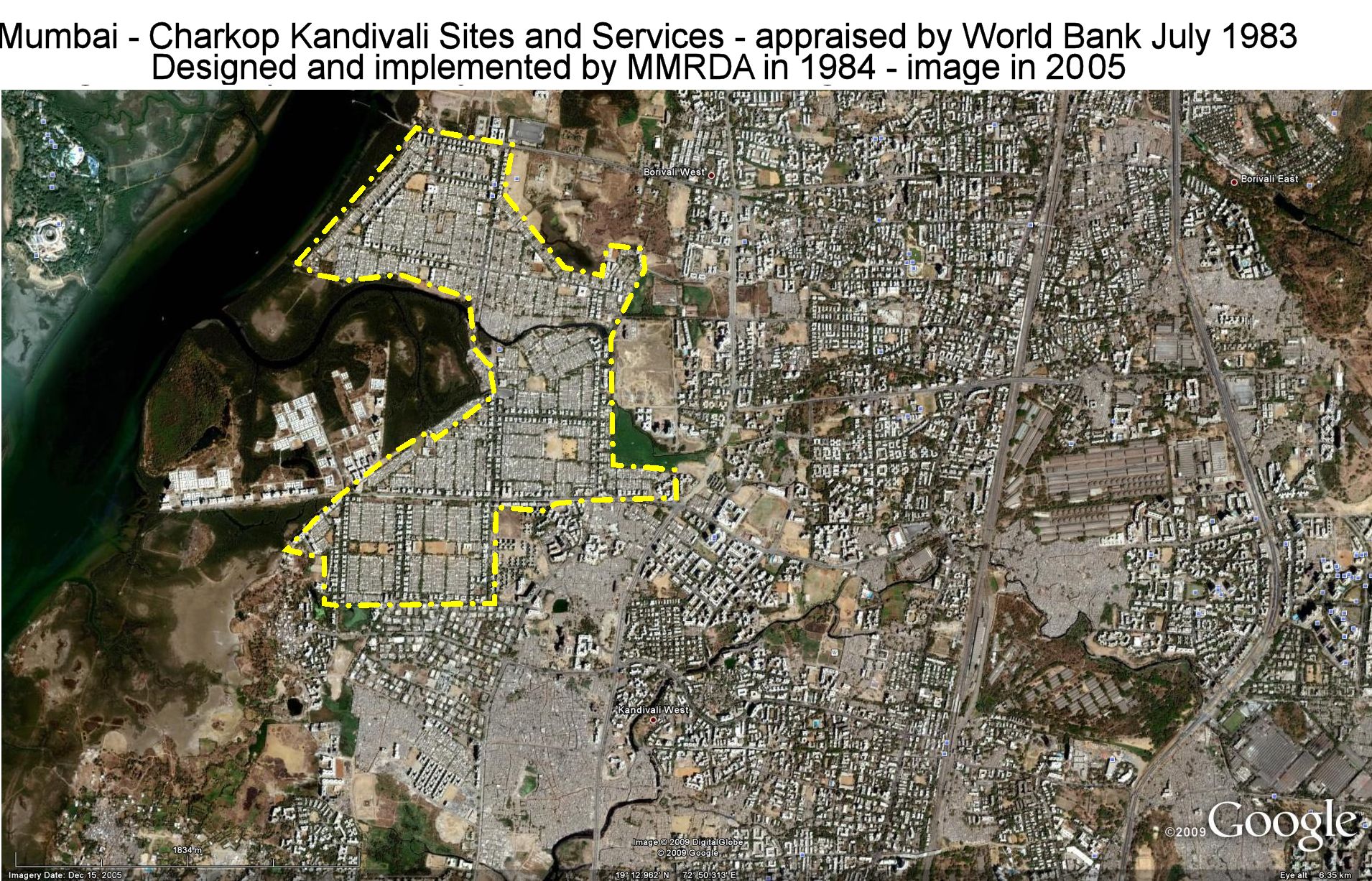

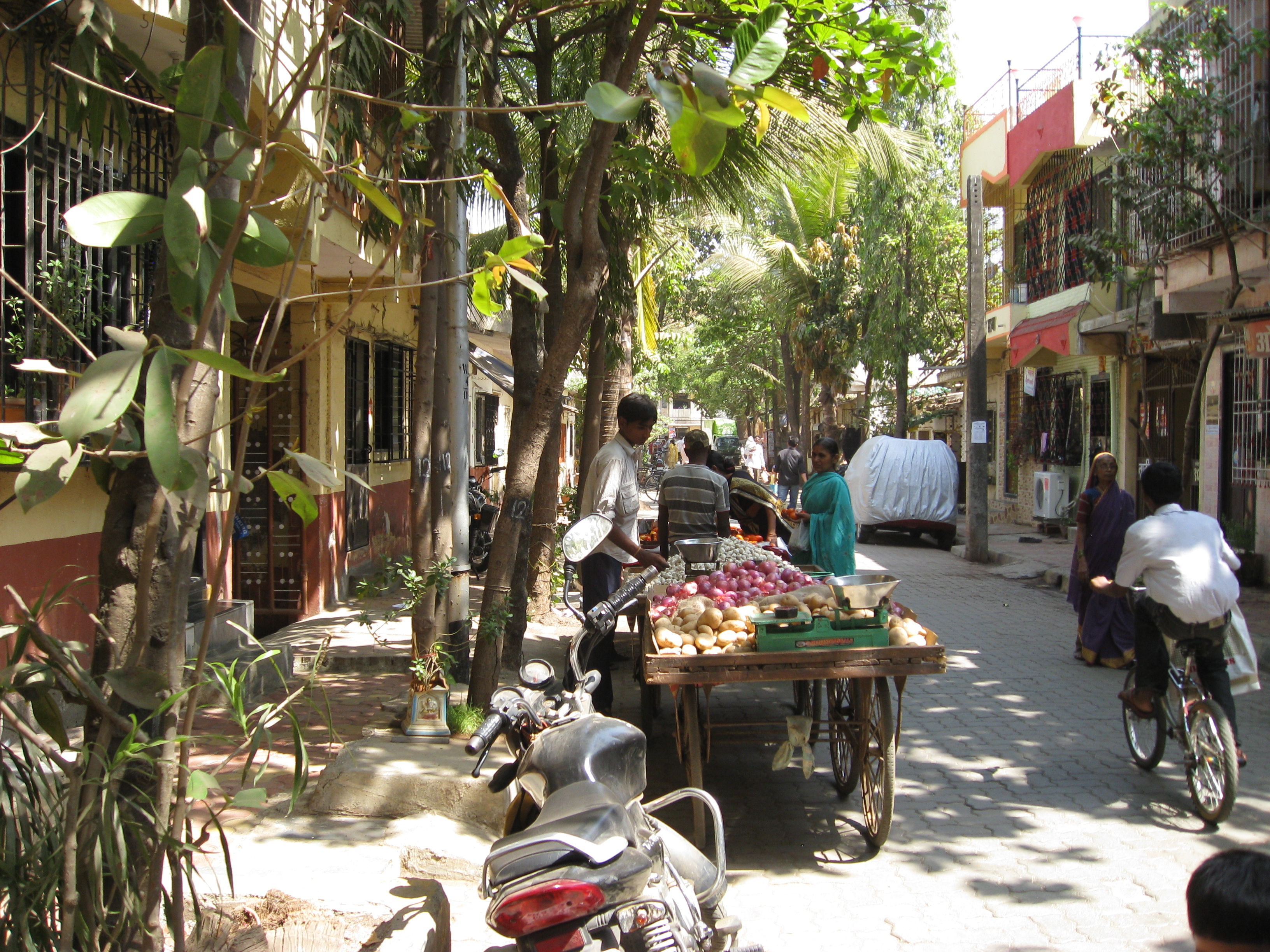

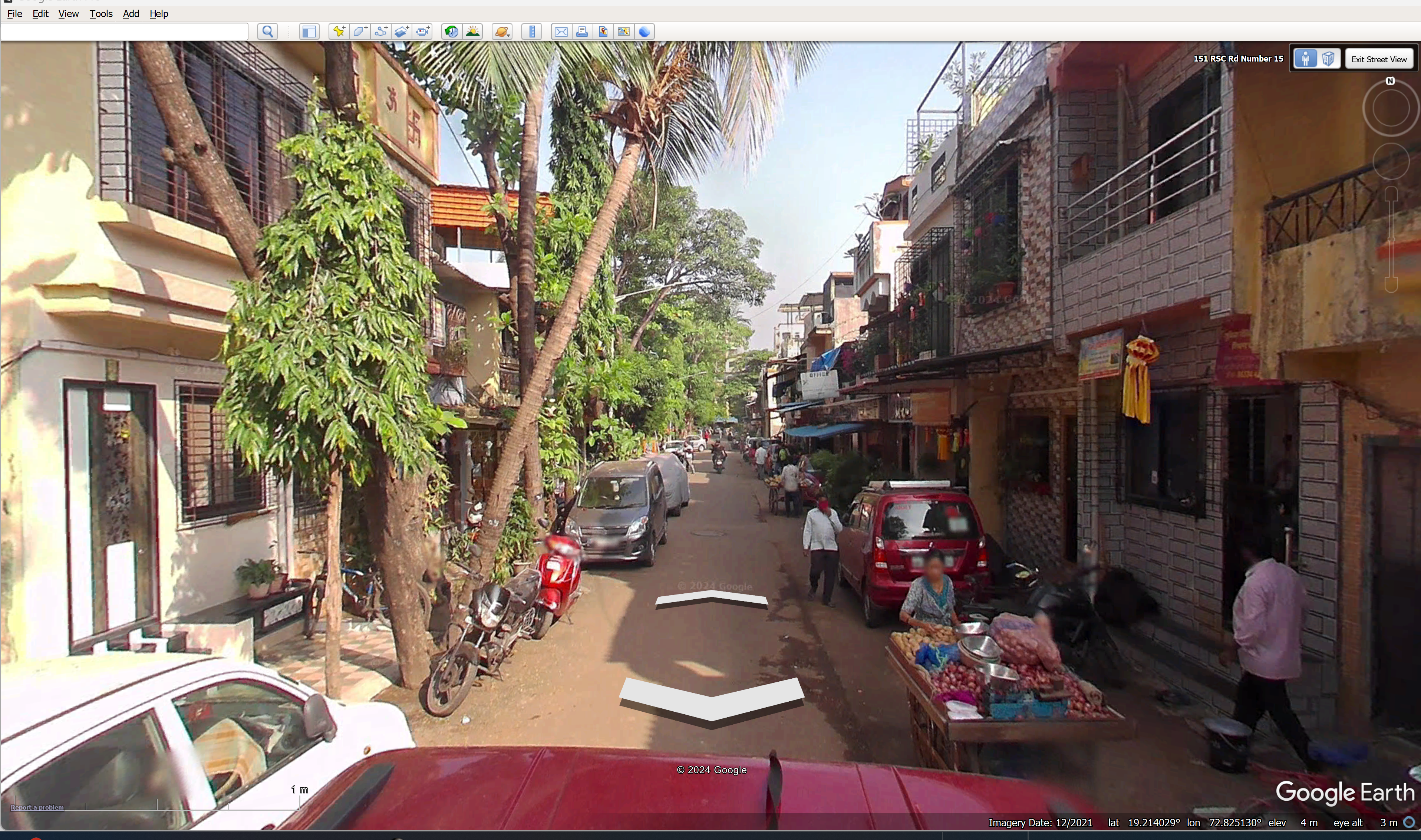
The key elements of the S&S design I participated in is that there are different prices of lots with different standards. Not all World Bank
S&S projects applied this pricing method based on different infrastructure standards within the same site.
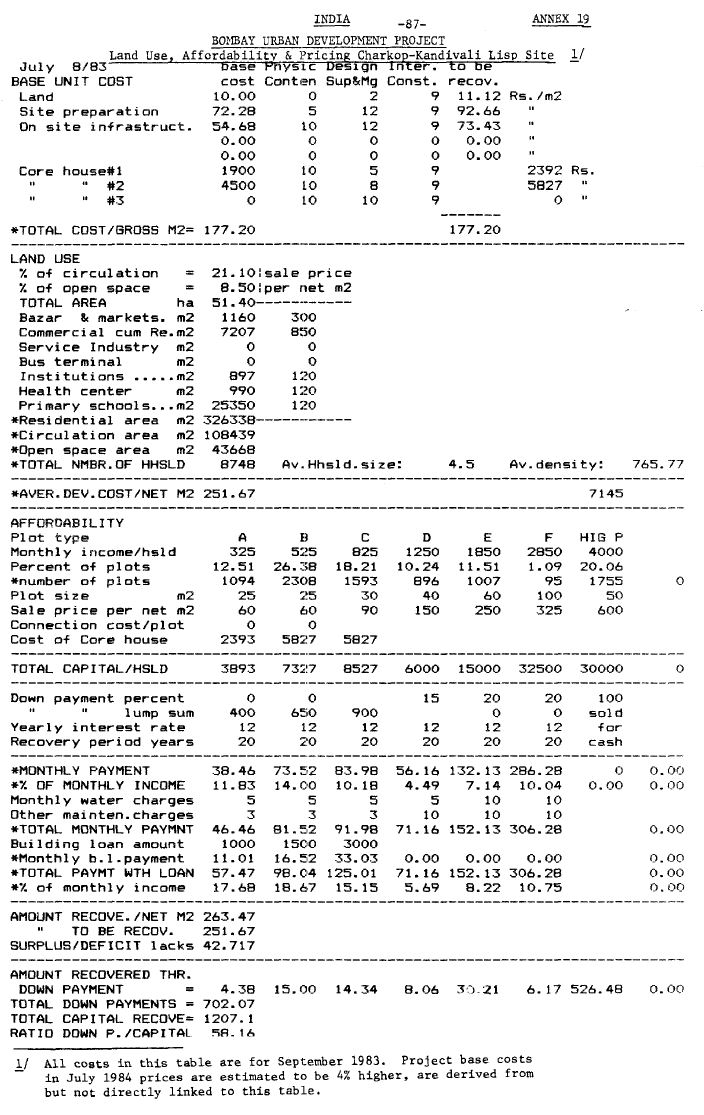
The pricing method and the design are based on this document that I wrote with Marie-Agnes and James Wright. It was published in 1988 (WB publications need a lot of reviews and clearance before being approved).
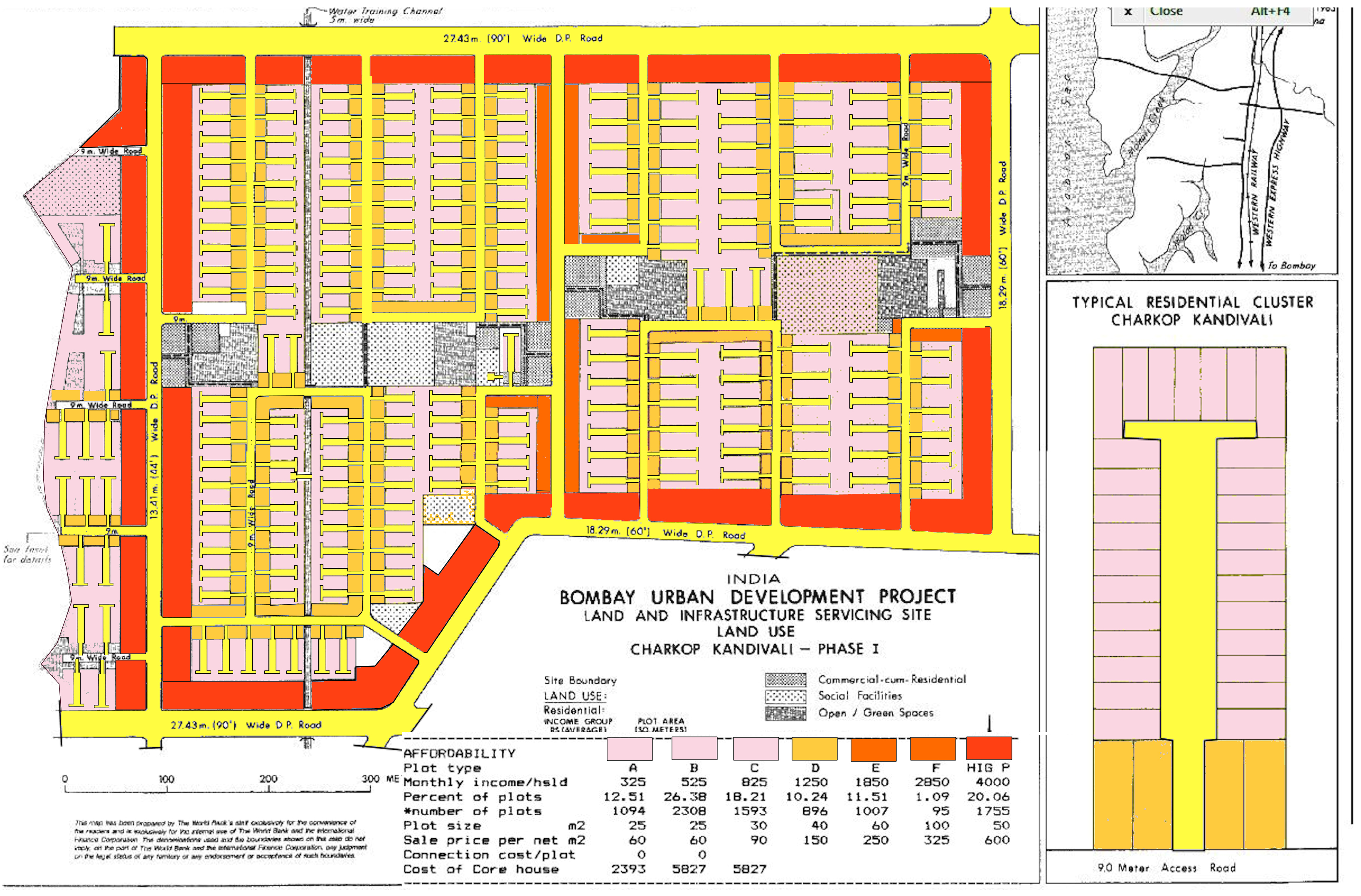
Money could be made with S&S. Why was it not reproduced at a large scale by the private sector? The answer is that the Housing Board would not allow the private sector to use these standards. The private sector was obliged to use minimum standards that were a multiple of those used in S&S.